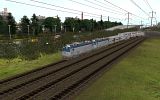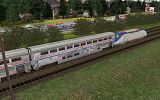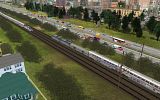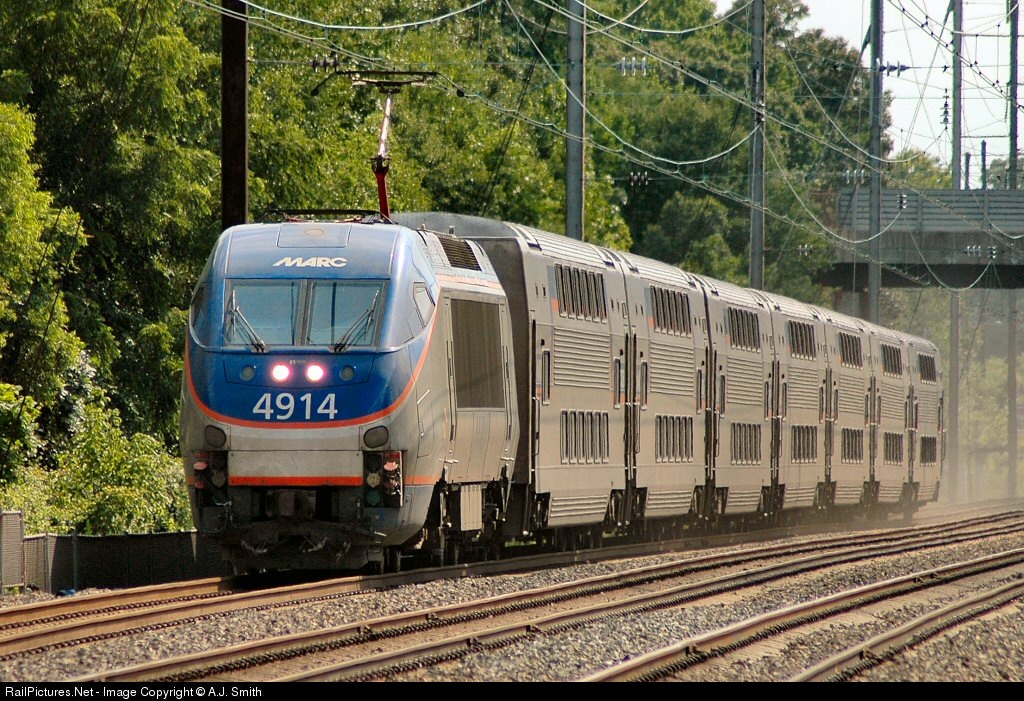No reason they can't be. Just don't know where you think this will apply. The high speed will be on dedicated track. There was a scheme years ago to electrify Los Angeles to San Diego. It died a fairly quick death because the people living near the coast complained about the "visual pollution" that the overhead wire would be.
Maybe San Joaquin route or Capital Corridor. I think those are fairly busy lines.
Maybe once US high speed rail becomes more and more prominent and there are more high speed rail services, more tracks can be electrified. I mean I know the high speed trains are most likely going to be on a seperate tracks but while they are at it, they can electrify the rails parallel to the new high speed tracks. If that happens Superliner need to be able to be pulled by electric locomotive. I just cant see AEM or HHP pulling Superliners.
You "can't see" an AEM7 or HHP pulling Superliners because you don't believe it is possible, or just because you have never seen it and think it would look odd?
For the sake of discussion, let's assume the Capitol Corridor was electrified. Even then, it would seem reasonable to assume that the
California Zephyr and
Coast Starlight would still use diesels, rather than switching to electrics for a relatively short distance.
Capitol Corridor trains, I suppose, would be electric in that case, but who knows what sort of equipment would be used at that point? California Cars (or their successors) pulled by some sort of electric locomotive? EMUs?








